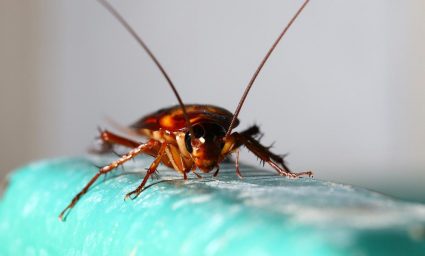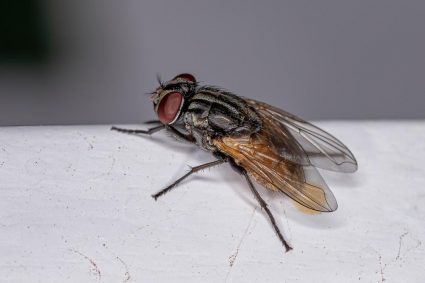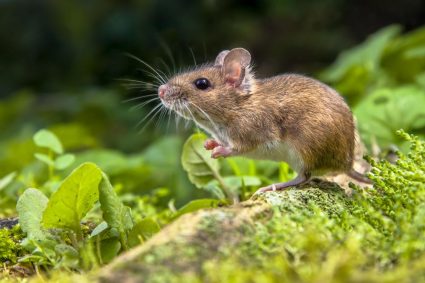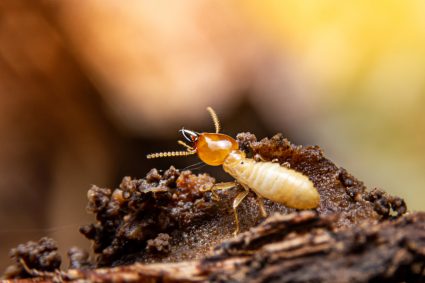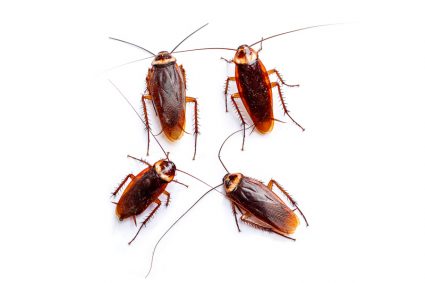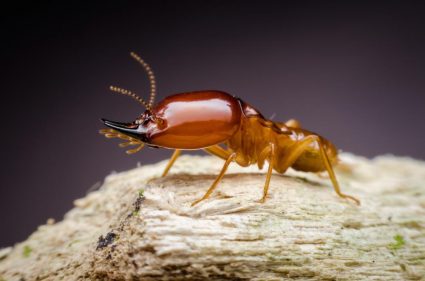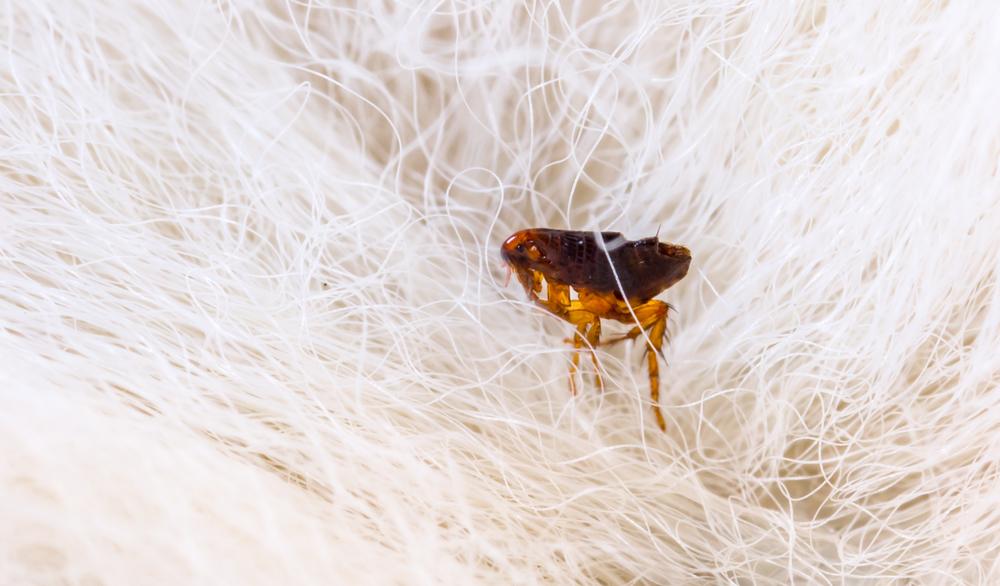
Fleas are pesky parasites that can cause discomfort to both pets and humans. Understanding their life cycle is crucial in managing and preventing infestations. In this comprehensive guide, we delve into the details of a flea’s life cycle, the variables that affect its length, and how this knowledge can aid in controlling flea populations.
The length of a flea’s life cycle can vary greatly, from as short as 18 days to several months, depending on environmental conditions such as temperature and humidity. The life cycle consists of four stages: egg, larva, pupa, and adult. Fleas thrive in temperatures between 70-85°F and a relative humidity of 75% or more. The availability of a host for the adult flea to feed on also affects the life cycle’s duration.
Key Stages of a Flea’s Life Cycle
The flea life cycle consists of four key stages: egg, larva, pupa, and adult.
- Egg: A single adult female flea can lay about 40 eggs every day after taking a blood meal from a host. These eggs are small, white, and are often laid in the host’s fur. Depending on environmental conditions, these eggs hatch in one to ten days.
- Larva: The larvae are free-moving and feed on blood and flea feces, also known as “flea dirt”. This stage lasts from 5 to 20 days, depending on environmental conditions.
- Pupa: After feeding, larvae spin a cocoon and enter the pupa stage. The cocoon protects the pupa for several days or weeks until the adult flea emerges.
- Adult: Adult fleas emerge from the pupa stage and begin searching for food. An adult flea can live up to 60-100 days, and a single female flea can lay up to 2,000 eggs in her lifetime.
Variables that Affect the Length of a Flea’s Life Cycle
The flea life cycle can take anywhere from a couple of weeks to many months, depending on environmental temperature and humidity levels. Fleas thrive in conditions between 70-85°F and 70 percent humidity.
- Temperature: Fleas thrive in temperatures between 70-85°F. The life cycle can be as short as 18 days under ideal conditions. However, if the temperature is not within this range, the life cycle may take longer to complete.
- Humidity: Fleas prefer a relative humidity of 75% or more. Higher humidity levels can speed up the life cycle, while lower humidity levels can slow it down.
- Availability of a host: Adult fleas require a blood meal from a host to reproduce. If a suitable host is not available, the adult flea’s lifespan may be shortened, and the life cycle may be disrupted.
Impact of Flea’s Life Cycle on Reproduction and Population Growth
The flea’s life cycle allows them to reproduce quickly and adapt to various environmental conditions, contributing to their population growth. To effectively control flea infestations, it is crucial to target and treat all stages of their life cycle.
Differences in the Life Cycles of Different Flea Species
While all fleas undergo the same four-part life cycle, the duration and specific characteristics of each stage can vary among species. Some flea species, such as Echidnophaga, only the adult female flea inhabits the host animal’s fur, while the adult male flea remains in the host’s environment.
Managing and Preventing Flea Infestations
Understanding the flea life cycle and applying targeted treatments can help control and prevent flea infestations. This includes using flea preventatives on pets, vacuuming regularly, washing pet bedding, and treating the environment with appropriate insecticides.
In conclusion, the length of a flea’s life cycle can vary greatly, influenced by factors such as temperature, humidity, and the availability of a suitable host. By understanding this life cycle, we can more effectively control and prevent flea infestations, leading to healthier and happier lives for our pets and us.
Frequently Asked Questions
What are some signs of a flea infestation?
Some common signs of a flea infestation include: excessive scratching, licking or biting at the skin, flea dirt (looks like small black dots) in a pet’s coat, hair loss, and red or irritated skin. In severe cases, pets can also develop anemia.
Can fleas live on humans?
While fleas can bite humans, they do not typically live on humans. Fleas prefer to live on furry animals like cats and dogs where they have easy access to a blood meal.
How can I prevent fleas from infesting my home?
Flea prevention involves multiple steps. Regularly treat your pets with flea preventatives, keep your home clean, particularly areas where your pets spend a lot of time, and regularly wash pet bedding. It’s also important to keep your yard free of debris and regularly mowed to reduce flea-friendly environments.
Can fleas survive in cold weather?
Fleas are not well-adapted to survive in cold weather. However, they can survive in a dormant state inside their cocoon during the winter, or they may survive in warm, indoor environments.
Are there natural ways to treat a flea infestation?
Yes, there are natural ways to treat a flea infestation. These include using diatomaceous earth, a non-toxic powder that dehydrates fleas, using certain essential oils, and introducing nematodes, small parasitic worms that feed on fleas, into your yard. However, always consult with a vet or pest control professional before trying a new treatment method.

